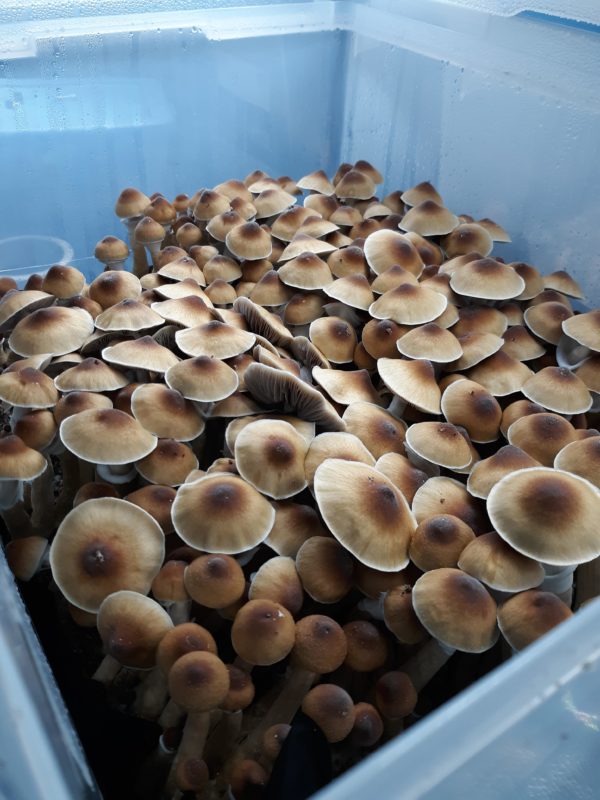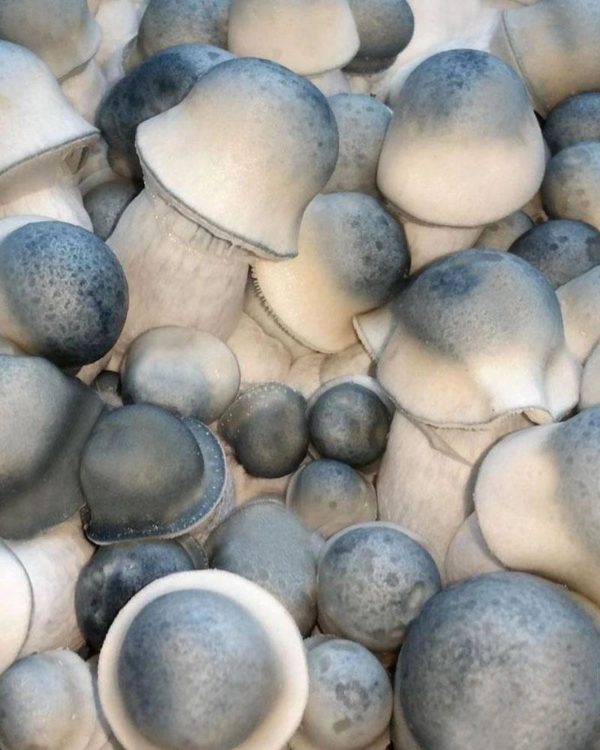Description
| Species | Amanita Muscaria |
| Difficulty ℹ️ | 🍄🍄🍄🍄 |
| Spore Coloration | White |
| Ecology | Mycorrhizal |
| Edibility | Poisonous |
Native throughout the temperate and boreal regions of the Northern Hemisphere, Amanita muscaria has been unintentionally introduced to many countries in the Southern Hemisphere, generally as a symbiont with pine and birch plantations, and is now a true cosmopolitan species. It associates with various deciduous and coniferous trees.
The name of the mushroom in many European languages is thought to derive from its use as an insecticide when sprinkled in milk. This practice has been recorded from Germanic- and Slavic-speaking parts of Europe, as well as the Vosges region and pockets elsewhere in France, and Romania. Albertus Magnus was the first to record it in his work De vegetabilibus some time before 1256, commenting vocatur fungus muscarum, eo quod in lacte pulverizatus interficit muscas, “it is called the fly mushroom because it is powdered in milk to kill flies.”
Despite its easily distinguishable features, Amanita muscaria is a fungus with several known variations, or subspecies. These subspecies are slightly different, some having yellow or white caps, but they are all usually called fly agarics, and they are most of the time recognizable by their notable white spots. Recent DNA fungi research, however, has shown that some of these variations are not the same species at all, such as the peach-colored fly agaric (Amanita persicina) for example, but the name ‘fly agaric’ is still commonly used.
Although poisonous, death due to poisoning from A. muscaria fruiting bodies ingestion is quite rare. Parboiling twice with water draining weakens its toxicity and breaks down the mushroom’s psychoactive substances; it is eaten in parts of Europe, Asia, and North America. All Amanita muscaria varieties, but in particular A. muscaria var. muscaria, are noted for their hallucinogenic properties, with the main psychoactive constituents being muscimol and its neurotoxic precursor ibotenic acid. A local variety of the mushroom was used as an intoxicant and entheogen by the indigenous peoples of Siberia.
Other names for this fungi include: Royal Fly Agaric, Fly Amanita.
Some photos of this product in its wild-foraged form are sourced from iNaturalist or Wikipedia, taken by Eric Steinert, František ŠARŽÍK, Tomasz Przechlewski, Fluff Berger. Licensed by CC-BY-SA.




Reviews
There are no reviews yet.